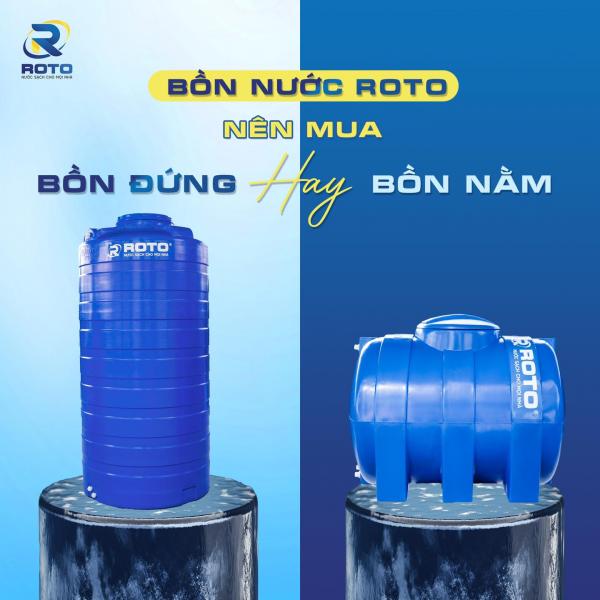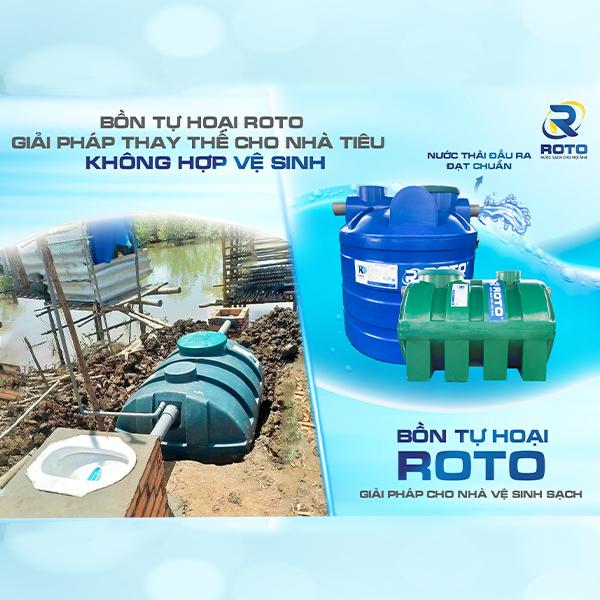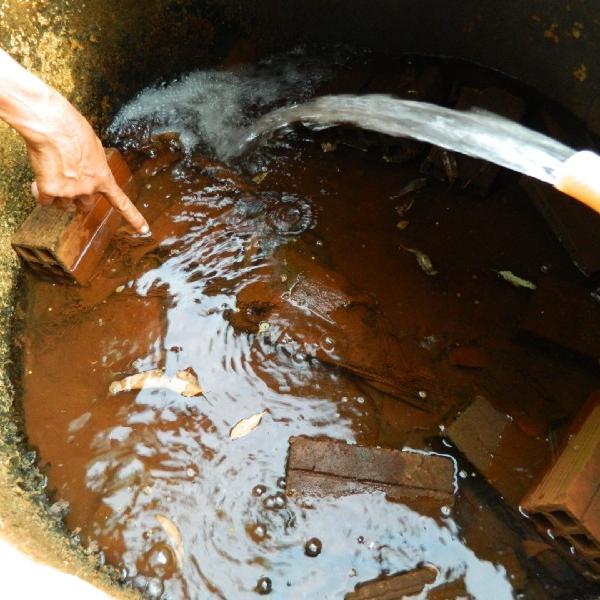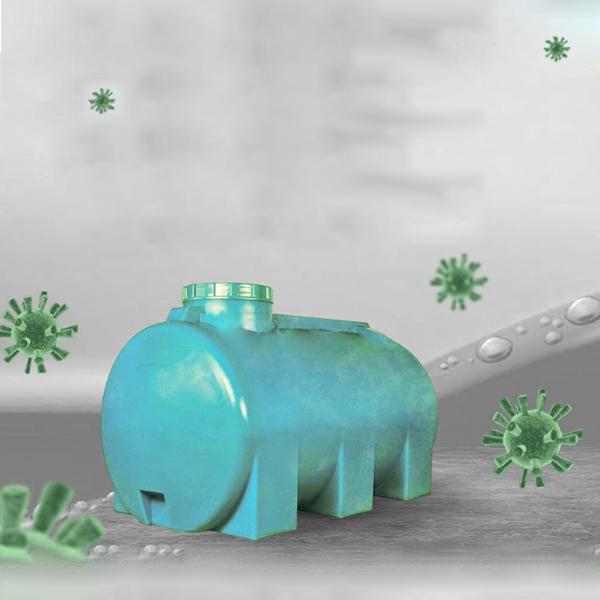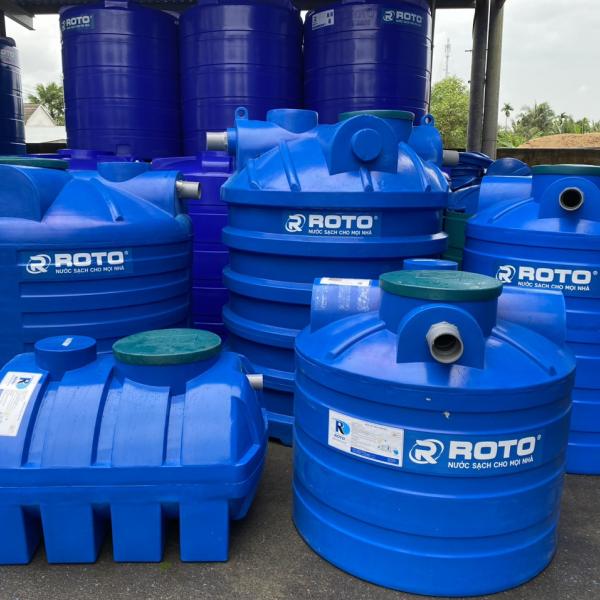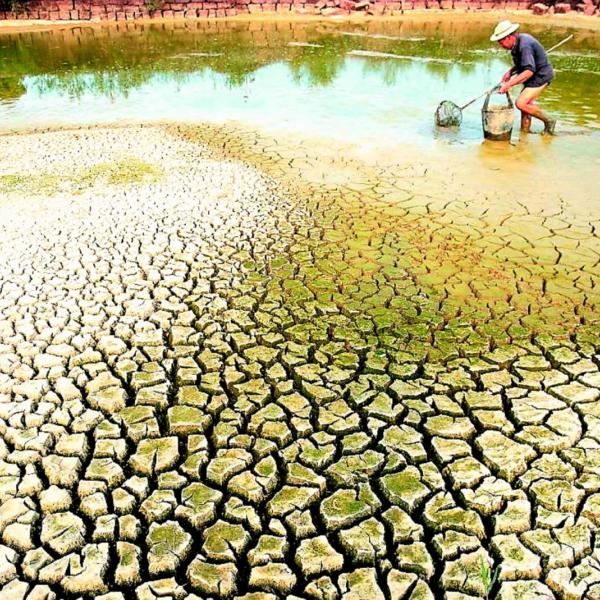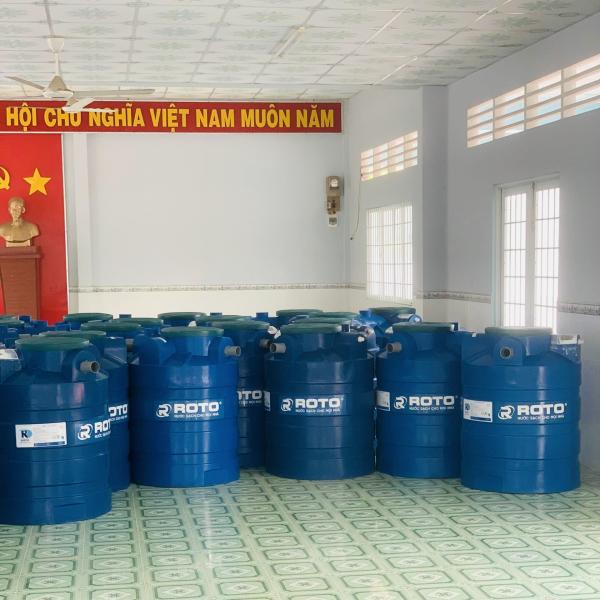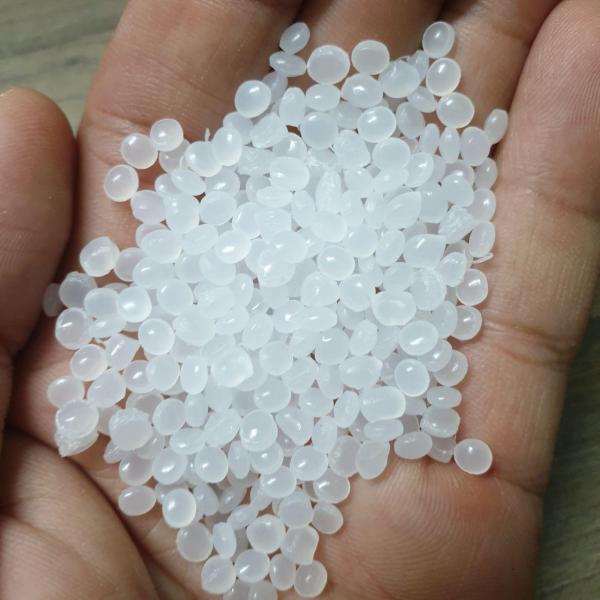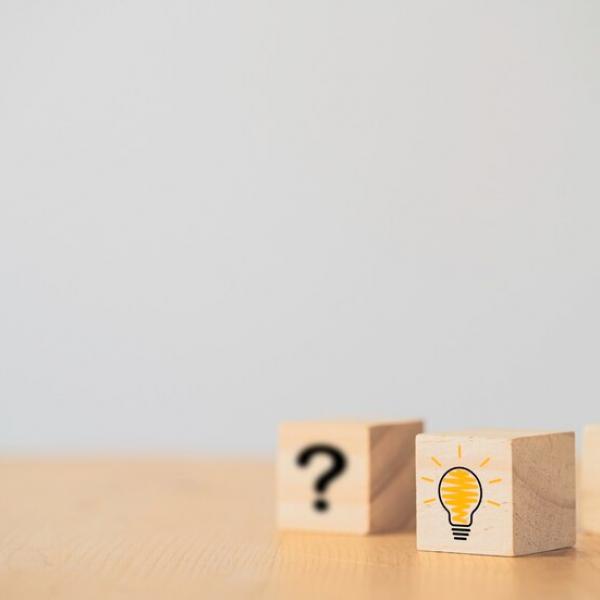There are two types of microorganisms: beneficial and harmful. This statement is absolutely correct.
Microorganisms are understood as single or multicellular organisms, prokaryotes or eukaryotes, of microscopic size. Some common groups of microorganisms are viruses, bacteria, cyanobacteria, mycobacteria, and a few more.
If the group of beneficial microorganisms participates in the metabolism of matter inside the body, the group of harmful microorganisms will be the opposite. They are the source of common diseases such as malaria, mumps, hepatitis, Japanese encephalitis… So, from being aware of their harmful effects, you must form habits to protect them. the health of friends and family. How to treat and use domestic water reasonably? The Water MAN will help you right away and always.
Harmful microorganisms present in water

Domestic water is contaminated with microorganisms through many different sources. Domestic waste, industrial waste, chemicals used in agriculture, contaminated groundwater... These are the major causes of water pollution in our country.
When using dirty water, parasitic organisms have conditions to parasitize in internal organs. Over time, the accumulation of large quantities combined with favorable conditions, they will cause disease. But saying that does not mean that any microorganism that enters the body also causes disease. The ability to cause disease also depends on the number of microorganisms, the route of entry and the virulence of that group of microorganisms.
Common types of pathogenic microorganisms
Here are some common disease-causing microorganisms that you should not ignore.
Cryptosporidium bacteria

One of the most common harmful microorganisms is the Cryptosporidium strain. In cities or rural areas, people can use treated tap water. However, the crux of the problem is that 100% elimination of Cryptosporidium bacteria is not possible. Whether it is advanced water treatment technology upstream. This bacterium is resistant to disinfection and conventional upstream water treatment methods.
Cyanobacteria Anabaena circinalis

This bacterium occurs in many freshwater lakes around the world. Vietnam is no exception. Anabaena circinalis has been identified as the worlds first multicellular organism. Scientists have been studying and discovering this strain since it caused the unusual death of cattle in the US.
Copepods bacteria

Copepods are a species of cephalopods. Many people mistakenly think this is a shrimp because the body and body structure are similar to shrimp. This strain appeared in Vietnam a long time ago. Many studies point to the benefits of these bacteria because they often eat organisms or toxins present in the water
E. coli bacteria

E.coli is one of the main causes of diarrhea in humans. This bacterium lives in the intestinal tract of the host. Most of this, however, is not harmful. Only a few have the potential to cause blood disorders and lead to death.
Mycotoxins

Mold occurs in drinking water. This is completely grounded. If before, you thought this species was only found in food and food, now give up those thoughts.
In 2006, scientists discovered this strain in water. However, this level is unlikely to be harmful to human health.
Naegleria fowleri

This strain is found in many rivers, streams, ponds ... According to scientists, Naegleria fowleri can attack the human nervous system. Directly in contact with contaminated water, this bacteria will pass through the mucous membranes and cause harm to the human body.
Legionella bacteria

This is a bacterium that caused 34 deaths in the US and 221 infections in 1976. Each year around the world, this bacterium is responsible for 1,800 cases of bacterial infections caused by drinking contaminated water. . Symptoms of illness caused by Legionella bacteria: high fever (over 41.50C), fatigue, vomiting, diarrhea and muscle pain. However, scientists still think that normal Legionella concentrations in the water are still below warning levels.
Salmonella
Salmonella has the potential to cause poisoning in humans. The elderly, children, people with disease have a higher risk of this infection than usual.
Water treatment method
The following are common methods of treating water contaminated with microorganisms. You can refer and apply to be safer when using domestic water.
Heat treatment

We simply bring water to boil before using. When the boiling point reaches 100 degrees Celsius, many groups of microorganisms will be eliminated. In addition, high heat organic impurities will evaporate, heavy metals will precipitate. They can be deposited and decanted and then used.
Chemical method
Chemicals such as chlorine, ozone, iodine have the ability to remove microorganisms in domestic water. In general, this method is less expensive, easy to implement, and has high cleaning capacity. However, the abuse of chemicals can be harmful to users.
UV reduction method
UV has the ability to kill bacteria effectively. However, the ability to completely remove microorganisms present in water is not too high. Another thing, to apply this method, it is necessary to have a pretreatment system to remove color, turbidity and impurities. The main disadvantage of this method is that it consumes energy and the possibility of re-infection is quite high.

